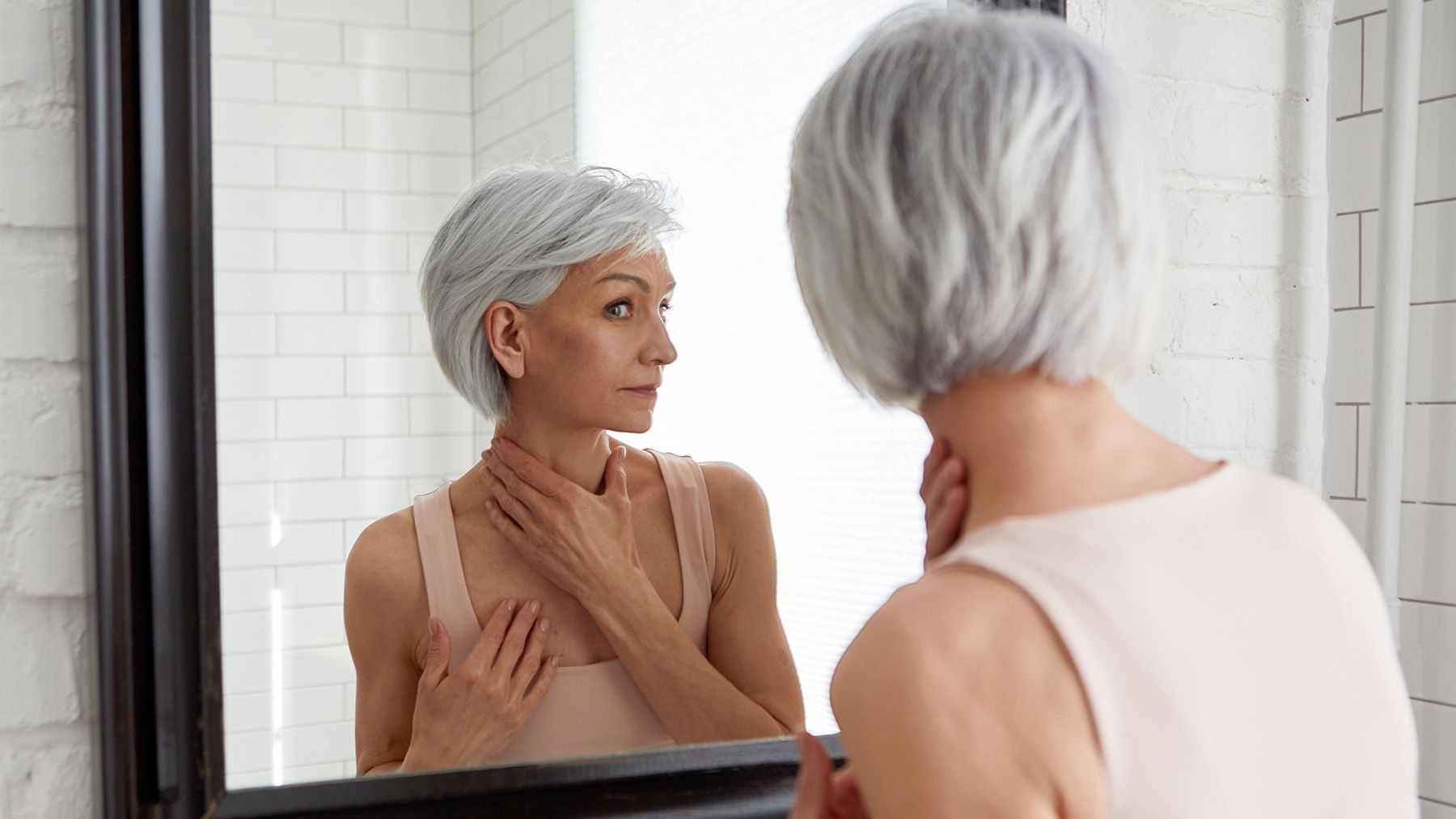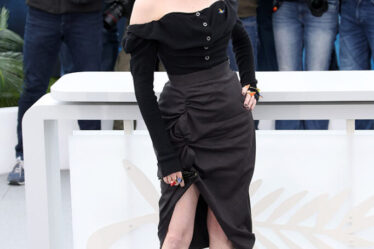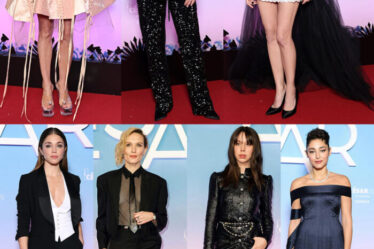
Earlier this week, I received a pitch about “intentional ageing,” the supposed “newest beauty trend” emerging in cosmetic dermatology and plastic surgery. Make no mistake: ageing intentionally still requires one to undergo procedures and treatments to give a more youthful appearance. The updated terminology just alludes to more natural results, like the difference between opting for lasers, neurotoxin injections or fillers over a full-on facelift.
It’s beauty’s latest attempt to repackage the “anti-ageing” rhetoric that’s dominated marketing for decades. Allure banned the words from its pages back in 2017 – a bold move that was certainly well-intentioned. In its place emerged new, upbeat messaging, with words like “rejuvenate,” “plump” and “freshen up”. Media and brands put a positive spin on getting older with terms like “pro-ageing” and “anti-anti-ageing.”
Except nothing really changed.
Brands that bill their products as “pro-ageing” still sell creams, serums and exfoliators meant to reduce the appearance of fine lines, tighten skin and allegedly boost collagen. Beauty articles still focus on what we can do to look younger, from topical solutions to in-office treatments, and suggest which products get rid of wrinkles (spoiler: none of them). We celebrate celebrities who look “good for their age” – usually left unsaid is that they can credit their youthful looks to a fleet of professionals – and ridicule ones who may have gone too far in the pursuit of preserving their youth. Recently, Courteney Cox talked about overdoing cosmetic procedures and the resulting backlash on the podcast Gloss Angeles.
It’s difficult to reverse the psychology around getting older, despite it being something every single human experiences. The beauty industry has always had a tenuous relationship with ageing — the grey hair, loss of elasticity and all sides of it that goes beyond fine lines — and widespread acceptance of ageing is still nascent.
I’m 39. I regularly get neurotoxins; I stay out of the sun. I care about my appearance. I’d be lying if I said I didn’t get a dopamine spike when people say I look “early 30s.” How would I feel if people said that I look 39 or 40? The truth is, what does early 30s look like? What does 39 look like? What does 46 look like in 2023? Some would say we don’t know anymore.
I think it’s okay to have mixed feelings about our appearance changing. If you want to age injection-free, go for it. If you want to take advantage of medical and scientific advancements, go for it.
Good things come with age. My life is infinitely better now than it was when I was 29, working with an editor I loathed and struggling to afford my rent for a 5th-floor walkup. Are my cheeks as plump with 20s collagen? No. That’s fine. We’re supposed to embrace getting older, which I do in many ways.
Like it or not, beauty standards are real. They’re always changing, for better or worse, but the consumer should get to decide if they want to participate. Until I change my mind, I’m here for Botox. After all, If the beauty industry were to take a more neutral approach to ageing, not promoting products that lift and sculpt, nor slamming people for not ageing gracefully, then it really wouldn’t have products to sell.



